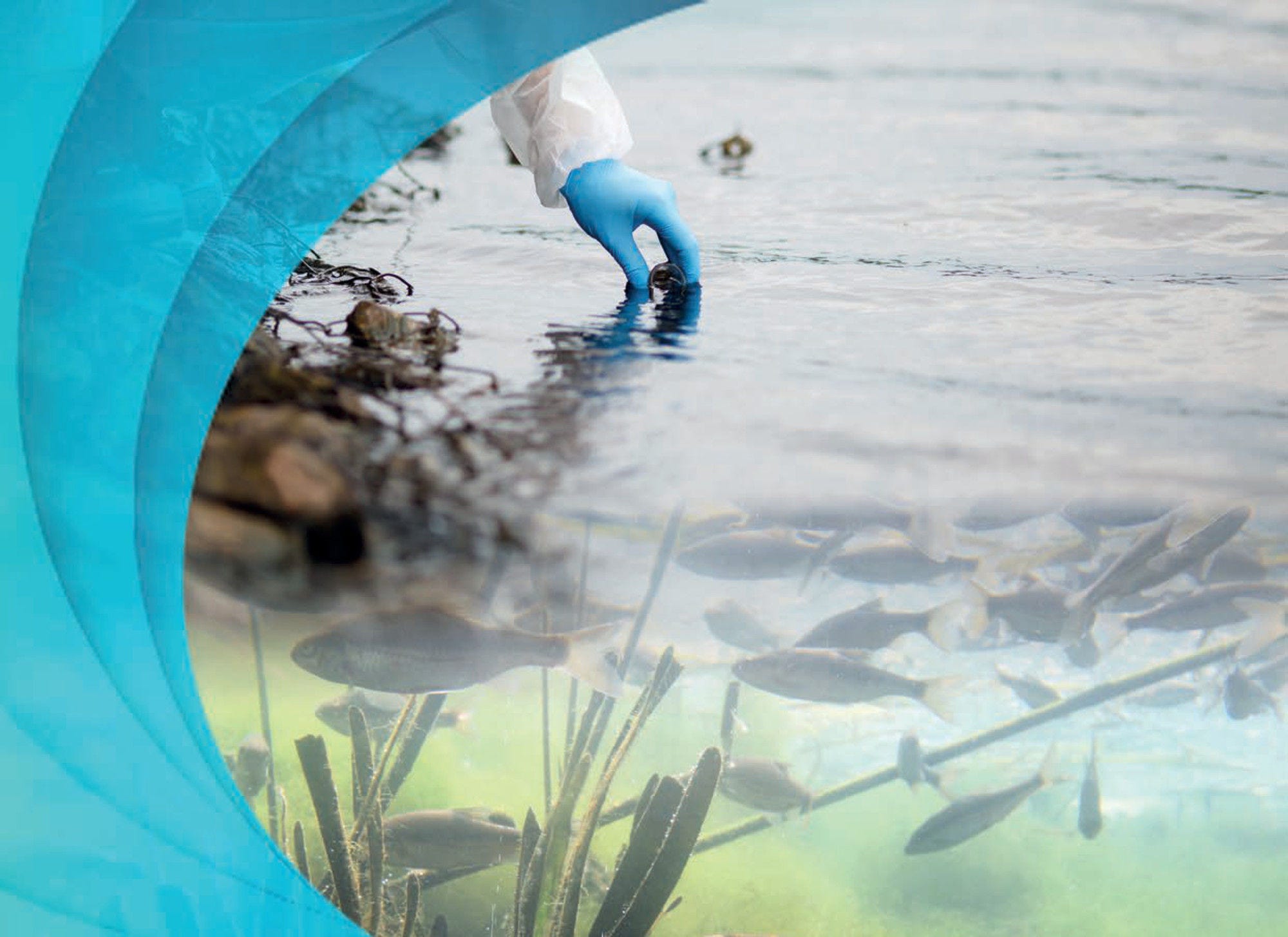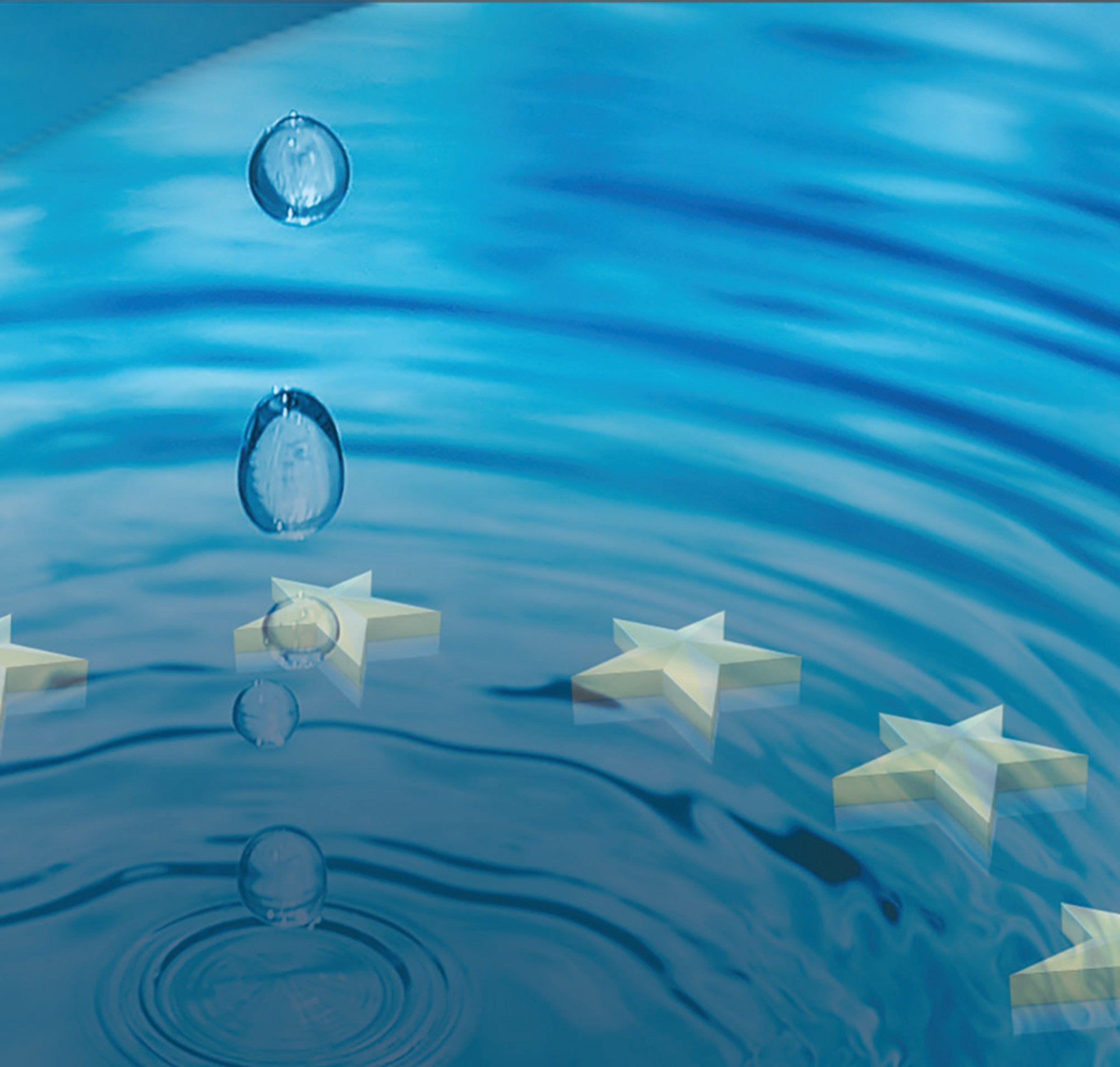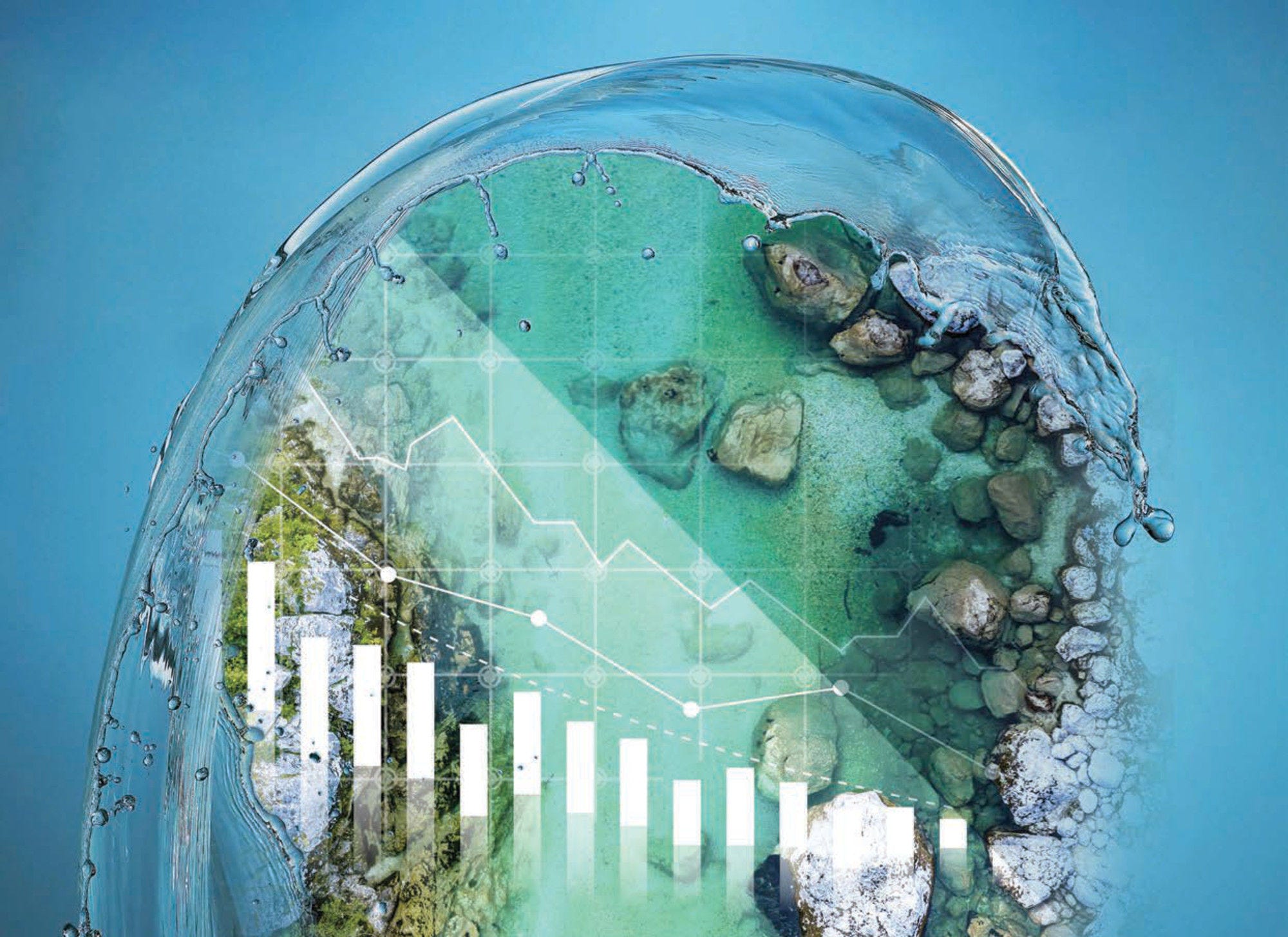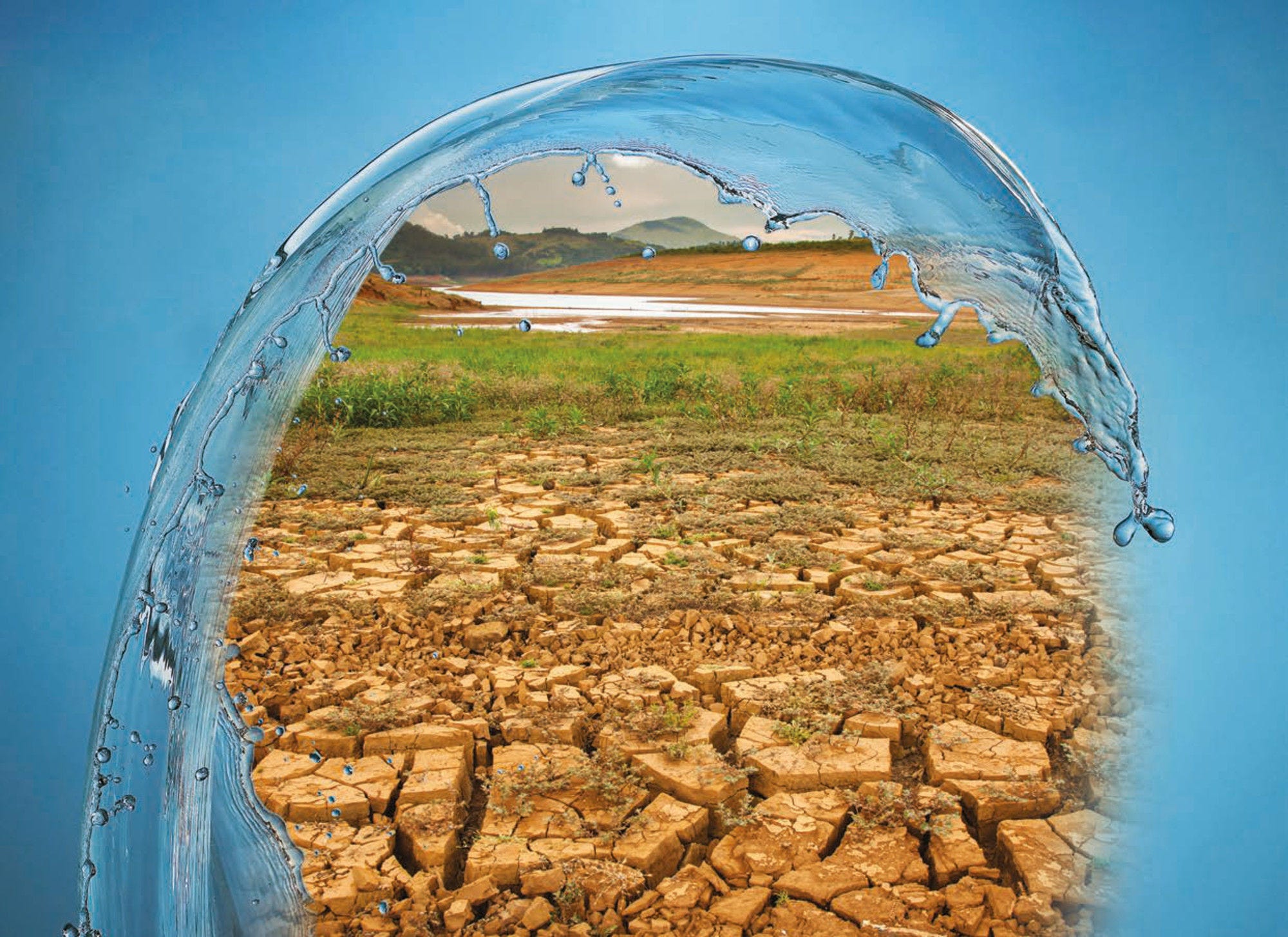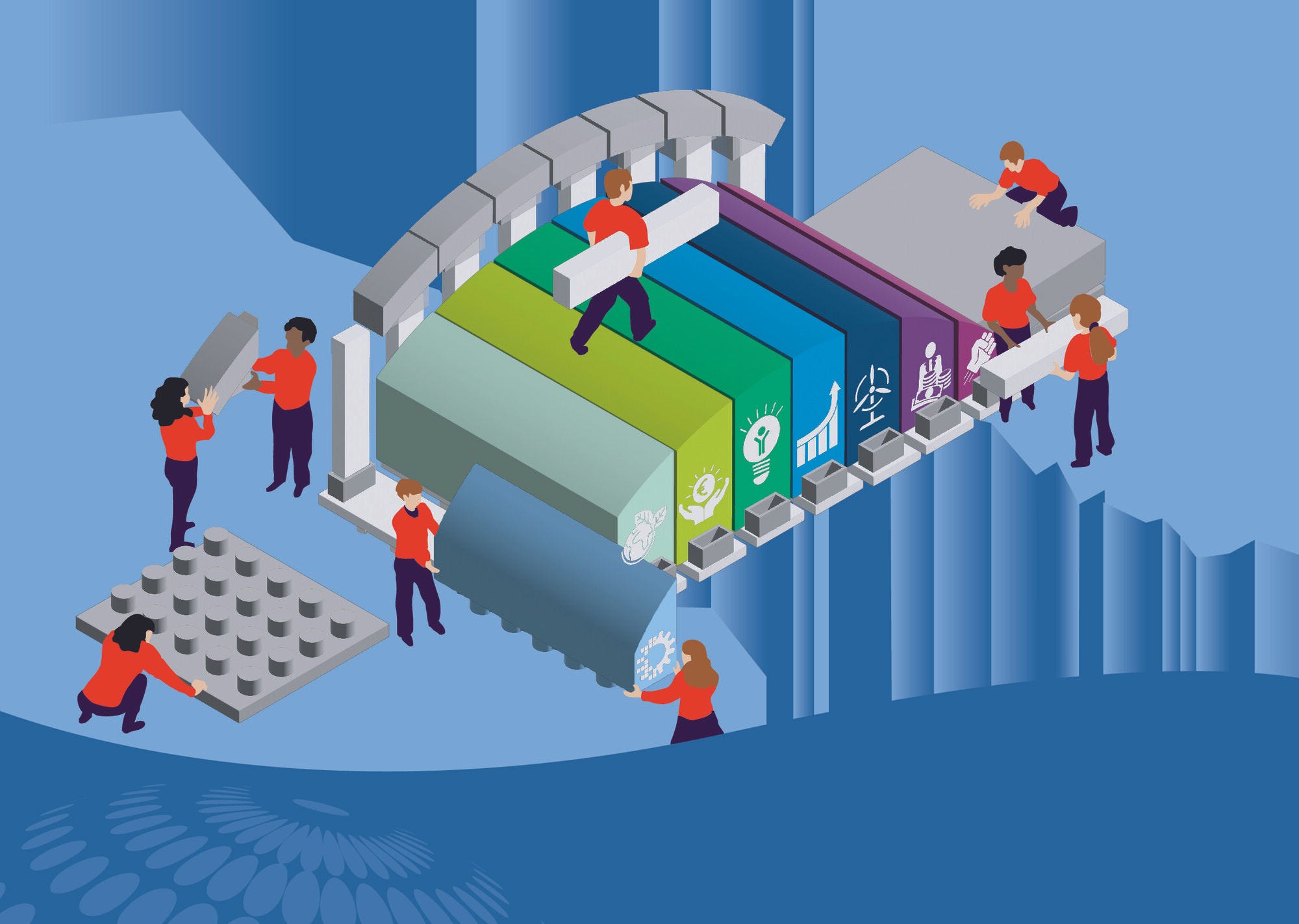While COVID 19 has hit Peru particularly hard, with about 1.4 million cases as of March 2021, the pandemic further emphasised the importance of water and sanitation for health, the environment and the economy. The country is not yet on track to meet the targets of SDG 6 “Clean water and sanitation” by 2030, with 3 million Peruvians (9.2% of the population) lacking access to water services and 8.2 million Peruvians (25.2%) lacking access to sewerage services, and a large urban rural divide. In addition, between 2000 and 2020, floods affected an estimated 4.43 million people, while inadequate management of solid waste and some economic activities are amongst the causes of water pollution, leading to severe public health issues, and social conflicts. In the face of climate change and demographic growth, strengthening water governance in Peru is key for long term water security improvements. The report provides an analysis of water governance in the country and policy recommendations to: strengthen the multi sectoral approach to water; improve the use of economic instruments to protect and sustainably use water resources, its sources and related ecosystem services; and strengthen regulatory conditions to improved access to safe drinking water and sanitation in urban and rural areas.
Water Governance in Peru

Abstract
Executive Summary
While the COVID-19 virus has hit Peru particularly hard, with 1.4 million confirmed cases as of March 2021, the pandemic has further emphasised the importance of water and sanitation for health, the environment and the economy. From a health standpoint, the pandemic has taken a strong toll on Peru, the fifth-most affected country in the LAC region with about more than 45 000 deaths to date. On the economic front, in the first half of 2020, Gross domestic product (GDP) declined by 11.4%. Projections show that GDP will not return to pre-crisis levels before 2022, and aggregate growth will continue to be driven by water-intensive sectors, such as agriculture. Regarding the environment, high levels of rainfall in certain areas and inadequate drainage systems have created a dual health risk with the overflowing and flooding of untreated wastewater, which, in turn, hinder proper hygiene conditions that can prevent the spread of the virus.
Although Peru has made good progress in water management, significant water security challenges remain in terms of floods, droughts, pollution and universal access to drinking water and sanitation. Peru is currently not on track to meet the targets of the United Nations (UN) Sustainable Development Goal (SDG) 6 “Clean water and sanitation” by 2030. According to the most recent data (2017) from the UN Water monitoring system, only 50% of the population use a safely managed drinking water service (SDG indicator 6.1.1) and 43% use a safely managed sanitation service (SDG indicator 6.2.1a). Overall, 3 million Peruvians (9.2% of the population) lack access to water services and 8.2 million Peruvians (25.2%) lack access to sewerage services, with a large urban-rural divide. Between 2000 and 2020, floods affected an estimated 4 million people, while 10 moderate to extreme drought events occurred in 20 departments between 1981 and 2018. The inadequate management of solid waste and informal and illegal mining affect water quality, leading to severe public health issues, and social conflicts, including with indigenous communities.
In response to these challenges, the National Sanitation Policy 2017-21 set out Peru’s objective to achieve sustainable, universal access to water and sanitation, with the underlying goal of expanding coverage, improving water quality and promoting the sustainable use of sanitation services. In addition, Peru’s nationally determined contribution (NDC) aims to achieve the Paris Agreement of the UNFCCC targets by 2025 and 2030 through 30 adaptation measures on water to be implemented in a shared responsibility with regional and local governments. These measures include the modernisation of the granting of water use rights in basins especially vulnerable to climate change, incorporating climatic scenarios, and implementing early-warning systems for floods, droughts, landslides and glacier-related risks.
Over the last decade, Peru has consolidated its legal and institutional framework for water policy, but governance gaps hinder effective implementation. State Policy no. 33/2012 on Water Resources acknowledges that water is part of the public domain and recognises the human right to water and sanitation, following the UN Assembly Declarations in 2010 and 2015. It also highlights the relevance of implementing integrated water resources management in order to guarantee the equitable and sustainable use of water nationwide. The 2009 Water Resources Law sets the legal and institutional framework for water resources management, and a myriad of institutions hold water and sanitation prerogatives in terms of policy design, financing, regulation and implementation. However, coordination failures and capacity gaps across these various institutions hinder the implementation of social, financial and technological solutions to identified water challenges.
Peru has adopted economic and financial instruments for water resources management, but their implementation is lagging. For instance, good practices include the gradual implementation of abstraction charges and payments for groundwater, with some environmental criteria being factored in; the existence of treated wastewater discharges for domestic and industrial discharges; as well as coefficients to reflect water availability and type of use for surface water. However, these instruments are set too low to collect the revenues needed to bridge the current 46 USD million funding gap by 2035. Achieving this goal, would require disclosing more systematically how collected revenues are used and how they contribute to coping with water quantity and quality challenges, while taking into account affordability and distributional effects.
While Peru has set water issues high in its policy agenda, wider governance failures have put in jeopardy policy continuity and delivery. Since 2018, Peru has been subject to political challenges that can largely be traced to the 2016 Odebrecht affair, since when the Peruvian presidency has changed four times. The nationwide political instability has had serious consequences for water and sanitation with four ministers of environment being appointed over the same period and staff turnover in the public administration resulting in shifting priorities and budgets, which were aggravated by the COVID-19 pandemic.
The primary goal of good water governance is to contribute to mastering complexity and fragmentation, which are inherent to water policy. This entails dealing with sectoral policy coordination, improving the data and knowledge base, delivering innovative financing mechanisms, addressing trade-offs across water users, revisiting policy approaches related to water use efficiency, diversifying water supply sources and natural infrastructures, and building capacity. Strengthening water governance in Peru is a means to achieving long-term water security, and aligning individual user behaviour and collective action. In line with the OECD Principles on Water Governance, the report suggests a series of tailored policy recommendations to strengthen the multi-level governance of water policy, the effectiveness of economic instruments, and the regulatory framework for water supply and sanitation services in Peru.
Strengthen multi-level governance
Progress towards a holistic and integrated approach to water resources management for greater water security. The approach should consider integration across sectors and levels of government, as well as strengthen the link between water resources management and water supply and sanitation services, while enhancing the role of ANA as the leading institution.
Assess the legislative framework and its implementation, in order to translate the aspirations of the law into realistic and workable objectives that evolve as institutional capacity develops.
Ensure sufficient capacity in terms of staff and technical expertise at national, regional and local level, including to make the existing 6 River Basin Management Plans (RBMPs) fully operational.
Strengthen the information and knowledge base about current and future risks of water pollution, droughts and floods. Peru needs more granular data and accurate water balances at basin level. Academia and research institutions could support research and technological development on alternative water supply sources for different purposes.
Enhance strategic planning for more effective public investment by matching the “Optimised City Masterplan”, which includes investment projects, with the municipal sector plan, which includes urban development projects; but also streamlining investment evaluation procedures within the National Multi-Year Programming and Investment Management System.
Redesign economic and financial instruments so that they not only raise revenue, but also consider water quantity and quality objectives, while taking into account distributional effects. As such, improving pricing schemes, with emphasis on bulk water pricing would contribute to adapting water availability and demand, especially in the most water-stressed basins.
Engage stakeholders in defining the acceptable levels of water risk. Responsible institutions at national and subnational level need to improve platforms for dialogue such as within River Basin Committees, while guaranteeing adequate representativeness of a variety of stakeholders for policy-making and implementation.
Effectively implement economic instruments for water risk management
Increase the use of payments for ecosystem services (PES) to protect headwaters by, amongst others, carrying out a water risk analysis for an effective use of the funds from the existing Compensation Mechanism for Ecosystem Services (PES) (Mecanismo de Retribución por Servicios Ecosistémicos, MERESE); ensuring full adherence to PES projects by populations living in the upper parts of the basin (often farming communities); and enhancing the willingness to pay for beneficiaries of ecosystem services and coherence between the various PES systems.
Strengthen economic incentives of abstraction and pollution charges based on water risks (scarcity, pollution) to develop a “water culture” and support the implementation of the polluter pays and user pays principles in practice.
Strengthen policy coherence between the economic instruments deployed to manage water risks and instruments related to sectoral and environmental policies, such as in the case of agricultural production, renewable energy and policies aimed at promoting carbon sequestration.
Launch a policy of "river rehabilitation” to improve water supply, ensure natural protection against floods and protect nature. This requires estimating the river sections to be restored and the financial support to be mobilised.
Strengthen the regulatory framework towards universal coverage of water supply and sanitation
Implement a high-level pact between all actors involved in the water supply and sanitation (WSS) policy design, implementation, regulation and delivery to present a unified implementation plan for the country’s 2030 policy goals.
Improve clarity in the allocation of regulatory functions, such as in the case of regulatory norms and frameworks to ensure financial sustainability and good corporate governance of water and sanitation service companies.
Improve data collection and management for the WSS sector, through defining specific targets with regard to burden reduction on WSS actors for data submission, clarifying sanitation-related data collection responsibilities, and better coordinating public sector data collection and sharing.
Enhance the governance and performance of the economic regulator through: monitoring the evolving role and objectives of SUNASS; ensuring adequate and predictable financial resources; continuing to develop and fully implement the process for the systematic use of regulatory impact assessment; and improving performance monitoring of WSS service provision by SUNASS.
In the same series
Related publications
-
 21 November 2024
21 November 2024 -
 Policy paper19 November 2024
Policy paper19 November 2024 -
 10 September 2024
10 September 2024
